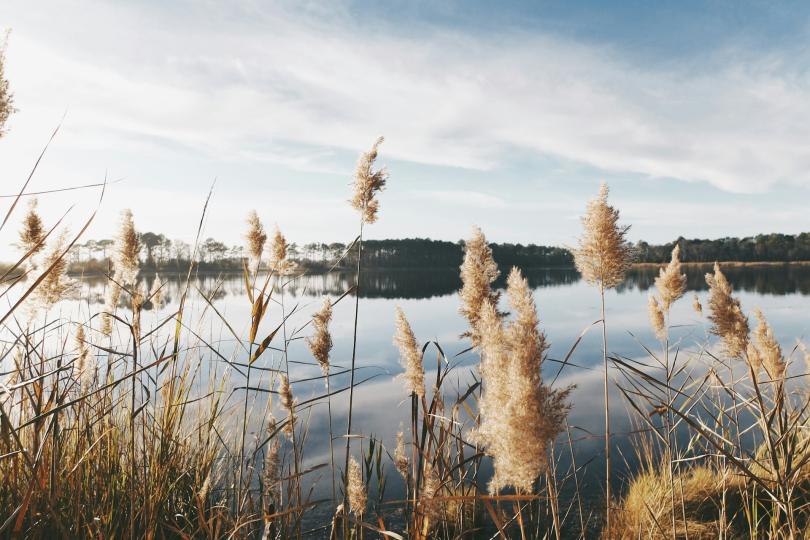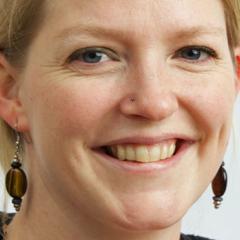Here, there, everywhere: environmental DNA clues to biodiversity
Editor's note: this story was originally published in Horizon, the EU Research & Innovation Magazine, by Jack McGovan.
During her doctoral studies in 2009, Professor Kristy Deiner trudged around mountain lakes in the US state of California to help a scientist and park manager study frogs there.
A fungus-like pathogen was tearing through the amphibian population in the Sierra Nevada Mountains. What’s more, the frogs were threatened by the introduction of fish in the lakes.
Illuminating pools
‘What was really interesting for me was seeing how putting a new species in the lake changed all the other species in that ecosystem,’ said Deiner, who researches biodiversity and how to preserve it at Swiss university ETH Zürich.
She had her mind on far more than frogs and fish back then, wondering how many other forms of animal and plant life – some perhaps never documented – existed in those lakes and how they interacted.
Deiner leads a project that received EU funding to examine biodiversity through an unusual prism: environmental DNA, or eDNA, which gets shed into the environment by living organisms.
Deiner believes that eDNA can offer insights into species that are beyond the ability of the traditional detection method of human field observation. Called LeDNA, her project began in March 2020 and runs through February 2025.
Globally, wildlife populations have declined 69% on average over the past 50 years. In the EU, four-fifths of habitats are in a poor state and one in three bee and butterfly species is in decline.
Scientists are calling the dramatic loss of biodiversity worldwide the sixth mass extinction. Unlike the previous five die-offs dating back millions of years, the current one is driven primarily by human activities, including land, water and energy use and associated pollution.
By collecting eDNA, Deiner hopes to make more accurate assessments of biodiversity and even discover new species.
The EU plans binding targets for restoration of all ecosystems needing it by 2050 – a goal that the study of eDNA could facilitate.
Because eDNA gets moved around by rivers and streams and often ends up in lakes, Deiner believes they’re the best place to collect it.
‘If we just sample the lakes, we might be able to get all the life that’s living in this entire catchment for a very little amount of effort,’ she said.
Big idea, big test
To put the idea to the test, LeDNA plans a global “citizen science” survey on 22 May 2024 – World Biodiversity Day.
People around the world will be enlisted to take samples in a bid to determine whether using lakes to detect eDNA works on a large scale.
Life is pretty resilient, so if it’s given a chance it can regenerate.
Professor Kristy Deiner, LeDNA
The LeDNA researchers have developed a special sampling device that they plan to make available to the participants.
The goal is for 1 200 lakes to be tested. The LeDNA team is still recruiting participants and teaching them how to use the sampling tool.
The device is a capsule that functions the same way as a regular eDNA collection capsule: as water passes through, a filter collects the eDNA.
But unlike the normal device, the LeDNA one can operate without expensive equipment, according to Deiner, who declined to elaborate because of a pending patent application.
‘We wanted to try and make something very simple that even somebody who has no scientific background could use,’ she said.
Once collected, the samples will be sent back to ETH Zürich and data will be shared openly.
New lens
Deiner wishes she had had such an instrument in 2009 in the Sierra Nevada Mountains. She suspected at the time the lakes would contain eDNA, but no ways existed to extract it.
‘I didn't know how to collect the eDNA back then,’ Deiner said.
If the new method proves successful, she said that a much clearer picture of all the life forms on Earth could emerge.
That life has often evolved over millions of years and can be extremely adaptable, offering the prospect of important new insights into the preservation of biodiversity.
‘That’s just irreplaceable,’ Deiner said. ‘Life is pretty resilient, so if it’s given a chance it can regenerate.’


